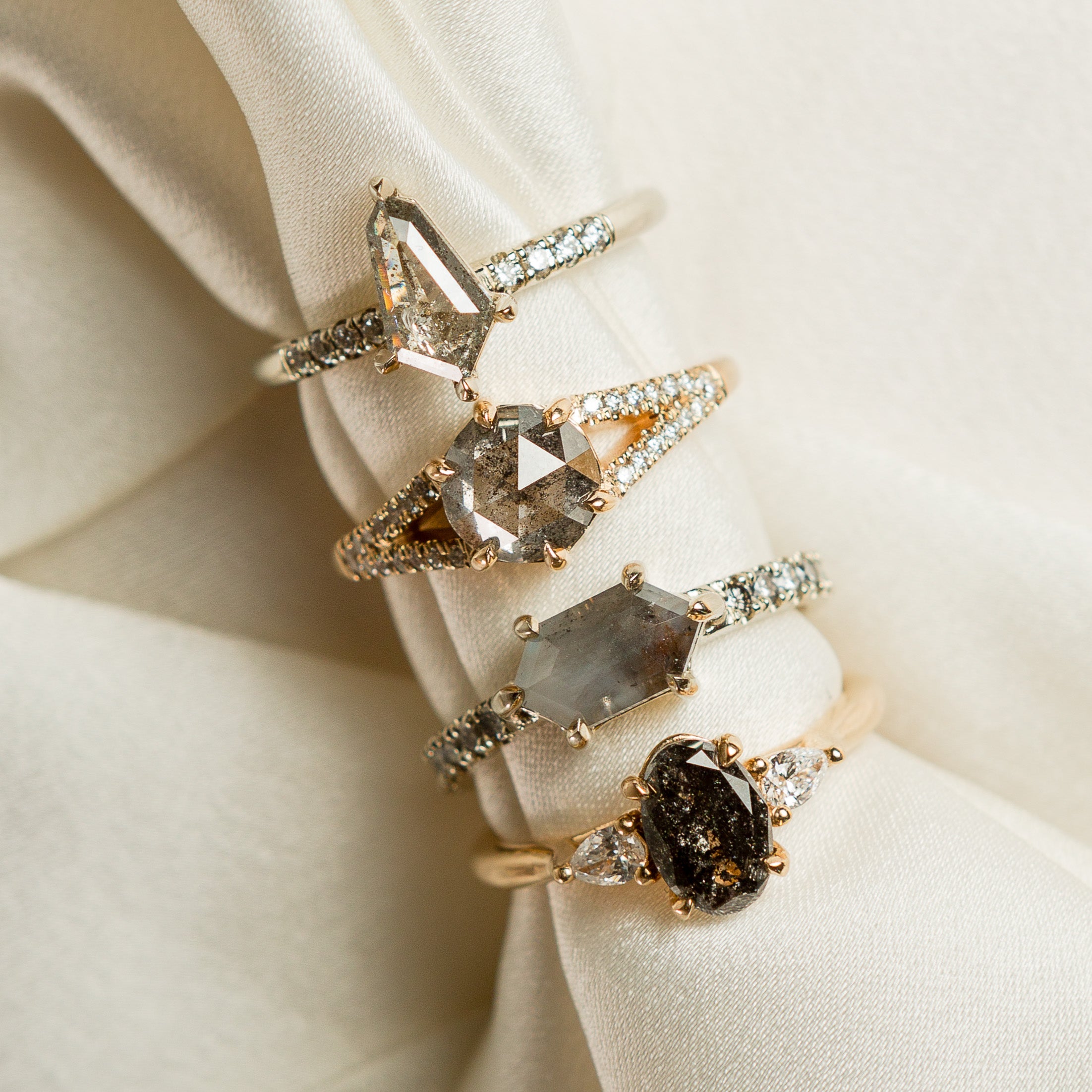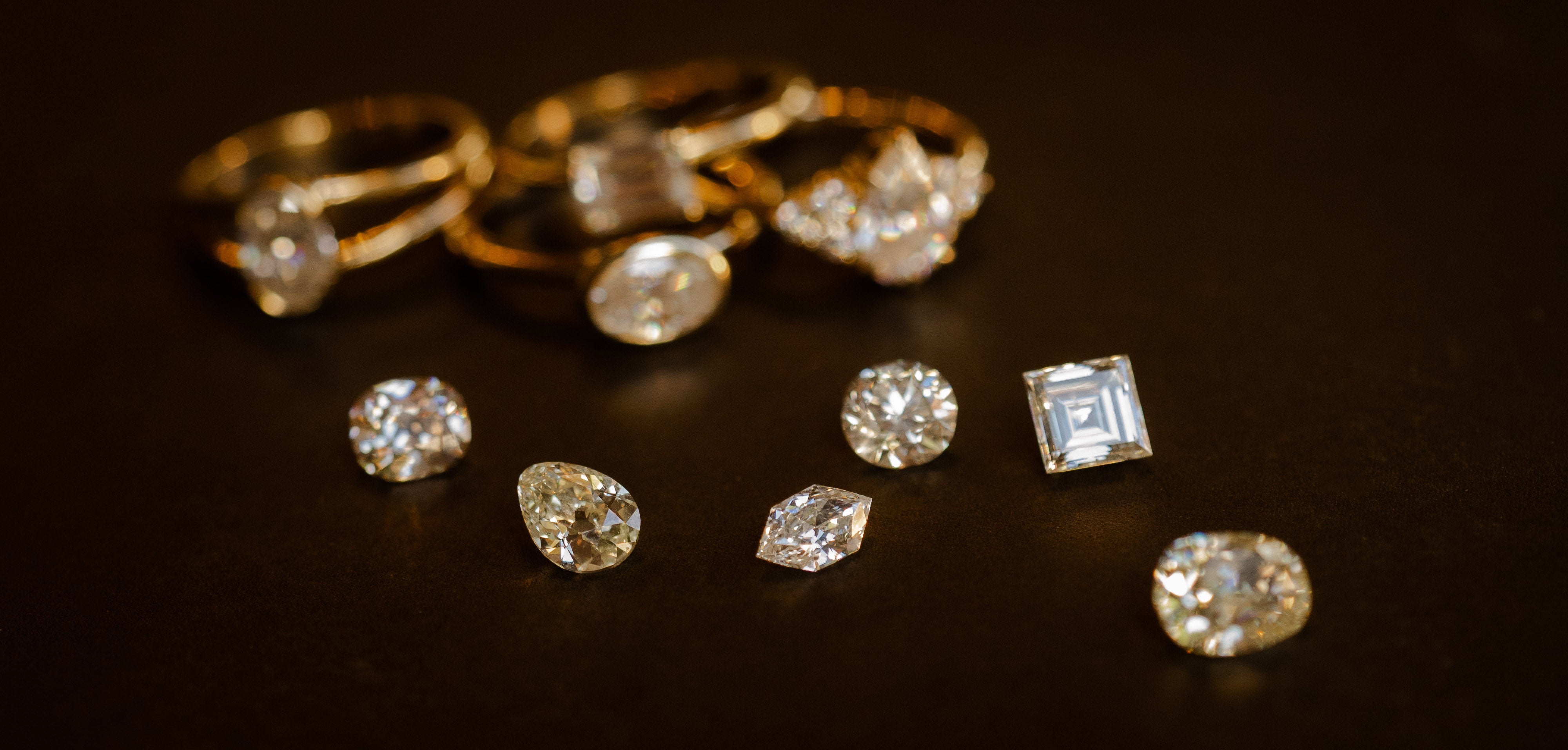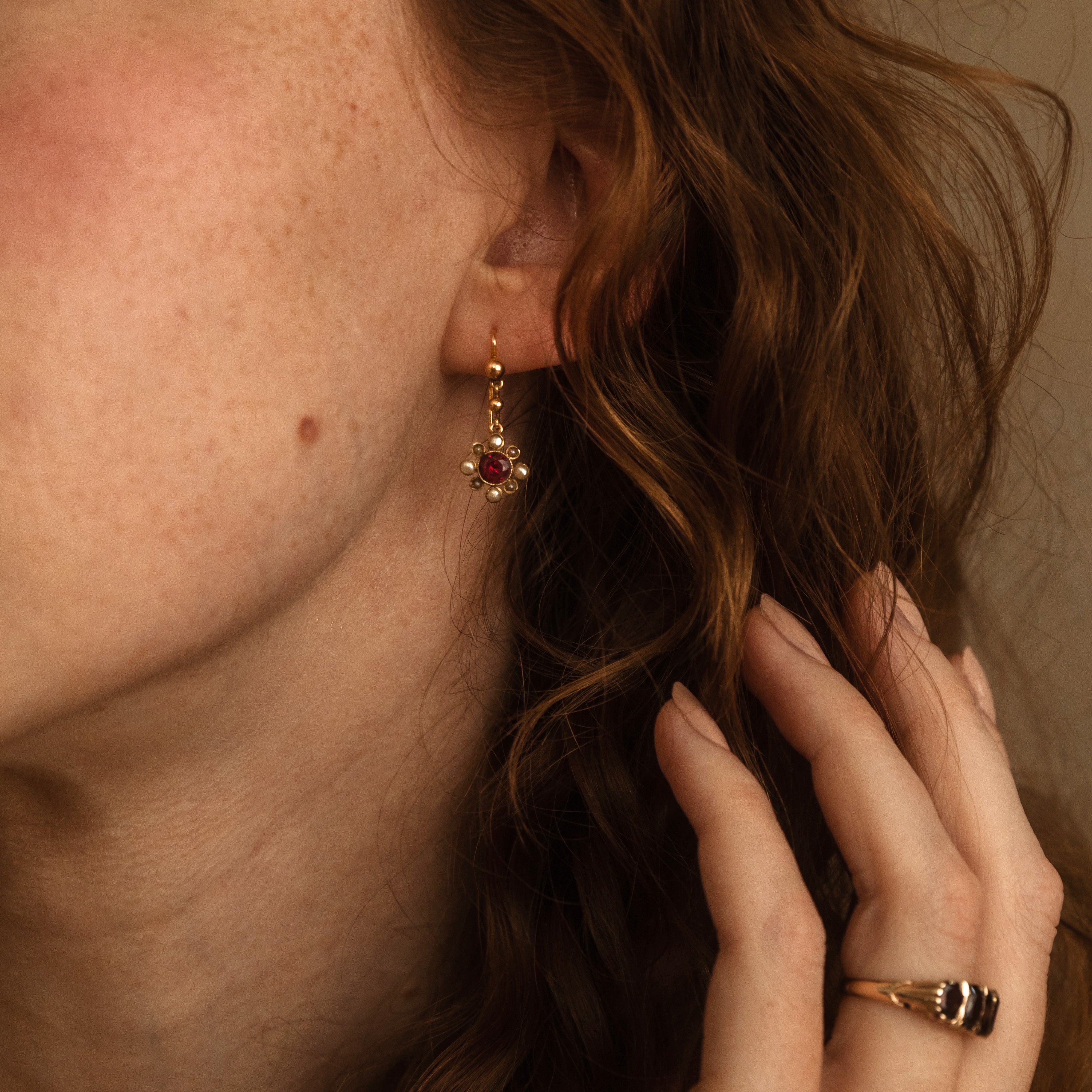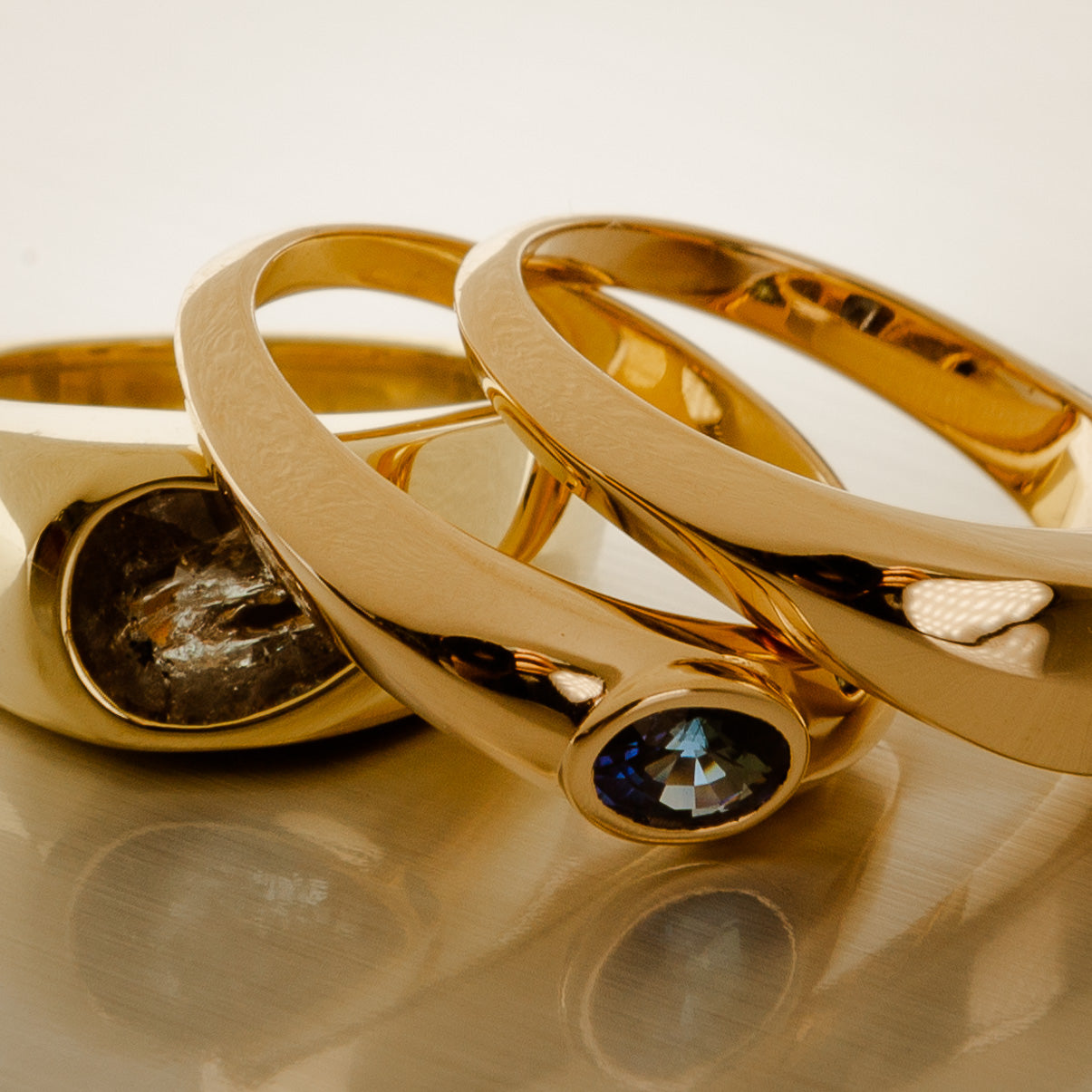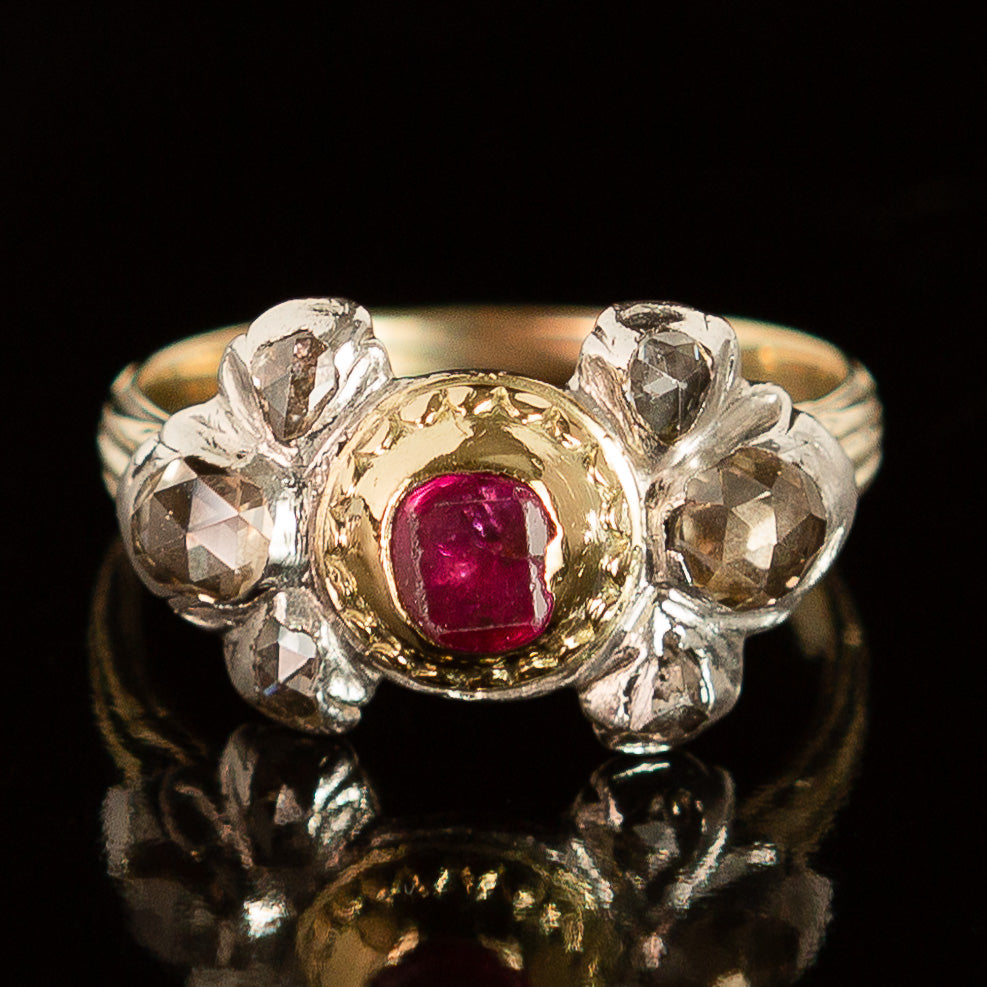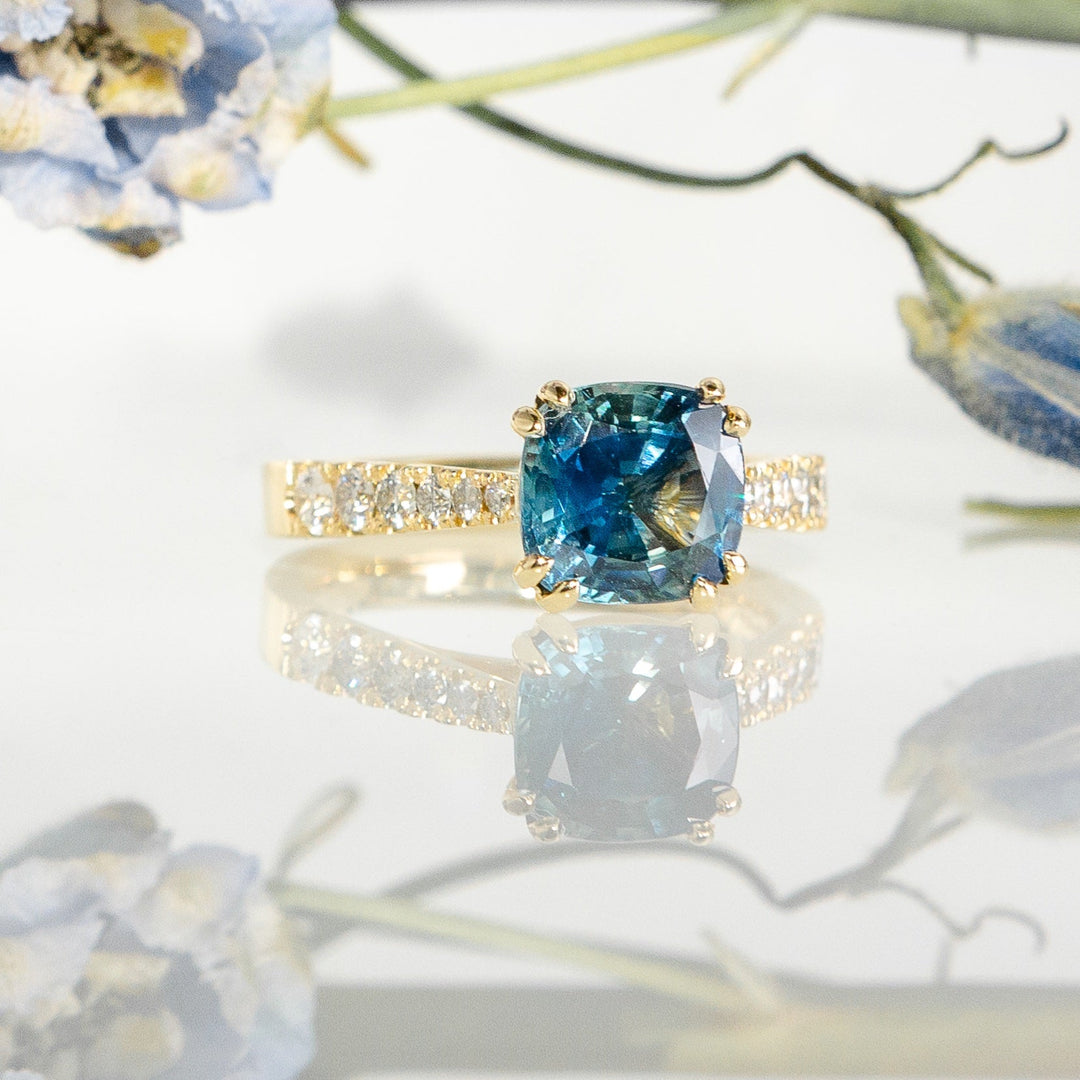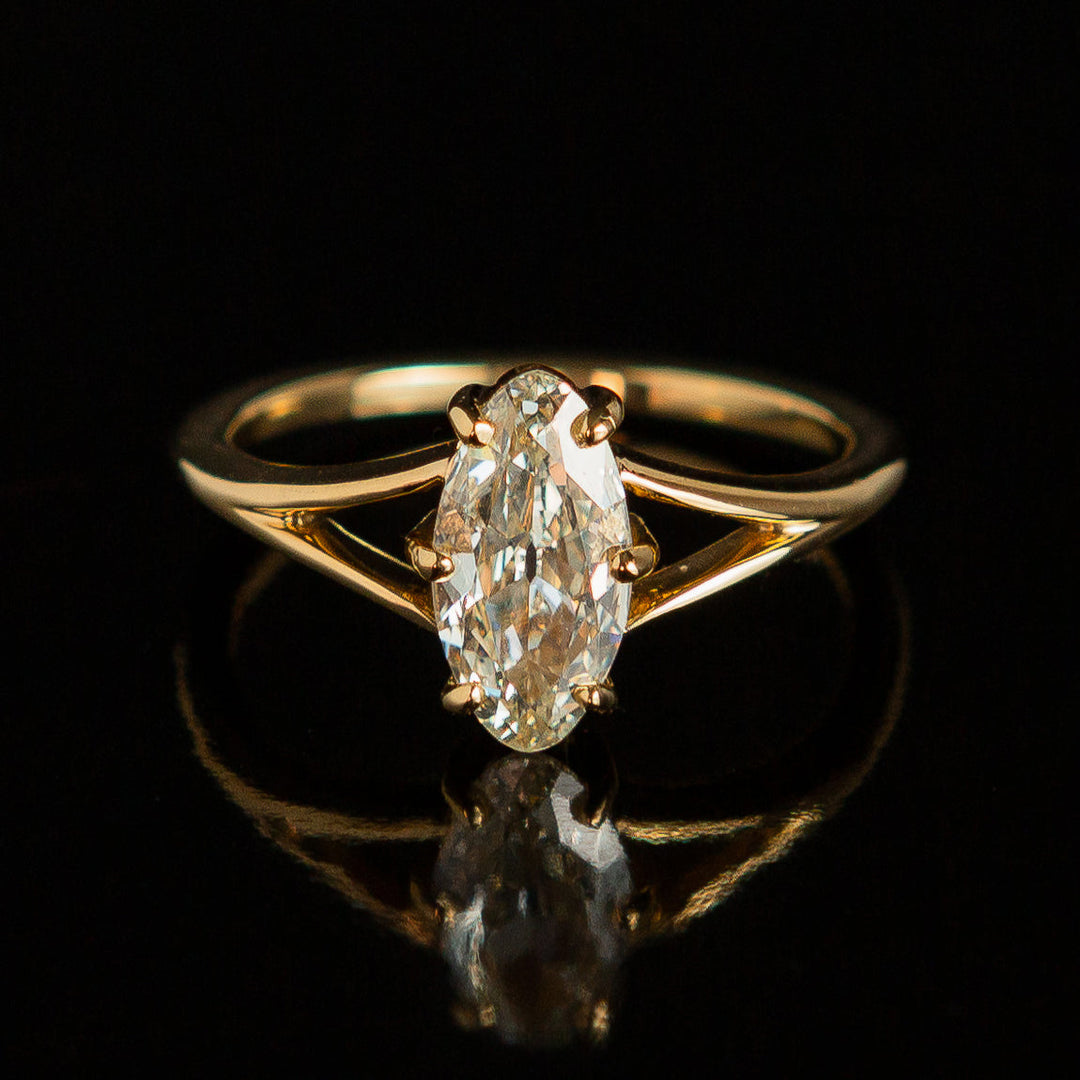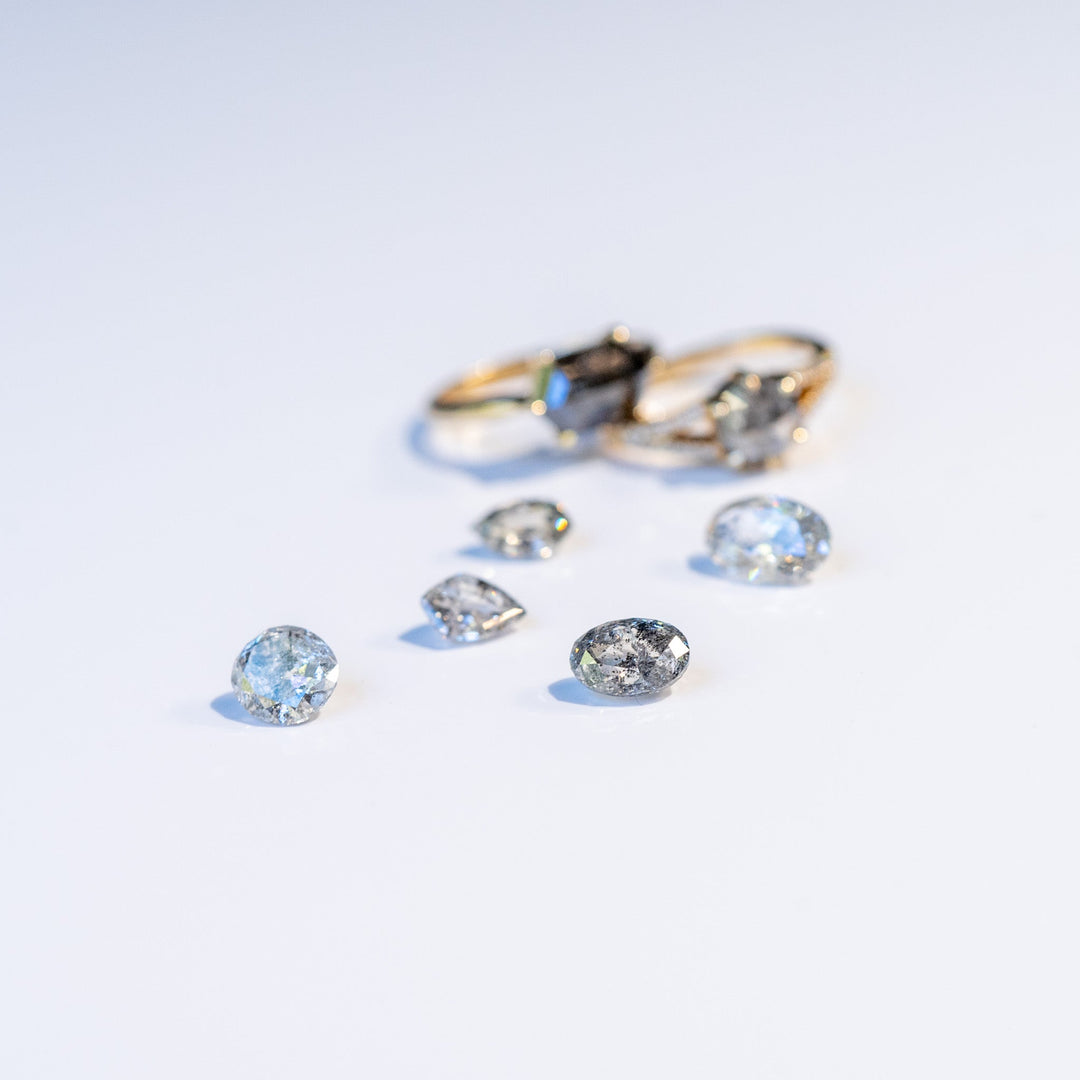Why Origin Matters for Ethically Sourced Gemstones
“Ethical gemstones”
“Responsibly sourced”
“Sustainable jewelry”
“Conflict free”
These are all taglines that are common in the jewelry industry these days. As consumers become more aware of the impact of their purchases, they want to know that they can feel good about the materials used in their jewelry. But what does it truly mean for a gemstone to be ethically sourced?
I believe that ethically sourced gemstones are those that are mined and sold in a manner that respects both the environment and the people involved in the process. This includes ensuring safe and fair labor practices and minimizing environmental damage.
Unfortunately, the jewelry supply chain is incredibly opaque. It is rare to know where a gemstone came out of the ground or where it was cut. And, without those two pieces of information, how can a jeweler tell you that a gemstone is ethical or responsible?

We often have customers ask us if our diamonds were ethically sourced. Unfortunately, there is not always an easy answer to this question. As diamond rough is sorted into parcels and sold to diamond cutters, the origin information is lost. A diamond from Botswana (one of the better options for an ethically sourced diamond) can be sold in a parcel alongside a diamond from Zimbabwe’s Marange district which is well known for it’s human rights and environmental abuses. While both diamonds may fall under the narrow definition of “conflict-free”, without knowing the origin, you may not know that your diamond came from a mine where forced labor and physical abuse are commonplace.
How We Ethically Source Gemstones
At Stórica, we focus on sourcing gemstones that are post-consumer recycled, or are from known origins. We work with a very small group of vendors who also believe that understanding origin is key to being able to confidently claim that our materials are ethically and responsibly sourced.
One of the collections I am most proud of offering is our collection of Canada-mined salt & pepper diamonds. Sourced from my trusted partner Misfit Diamonds, these diamonds have full mine-to-market origin documention including photos of the original rough that each diamond was cut from.
These diamonds come from either the Ekati mine or the Gahcho Kue mine in Canada. Both mines are commited to environmental responsibility and revenue from these diamond sales support investment in Canadian Northern Indigenous communities.
We invite our customers to ask questions regarding the origin of our loose gemstones and we commit to providing clear and transparent information so you can feel confident that your jewelry is aligned to your values.


Did you know?
“Conflict free” refers to diamonds that are certified via the Kimberley Process. The Kimberley Process was implemented to help stem the sale of “blood diamonds”. Blood diamonds are defined as diamonds that are mined and sold to fund wars against a legitimate government.
It is illegal to import a diamond into the US if it does not have a Kimberley Process certificate. However, the narrow definition of what constitutes a conflict diamond means that even conflict-free stones can be the mined in a manner that causes human rights and/or environmental abuses.


